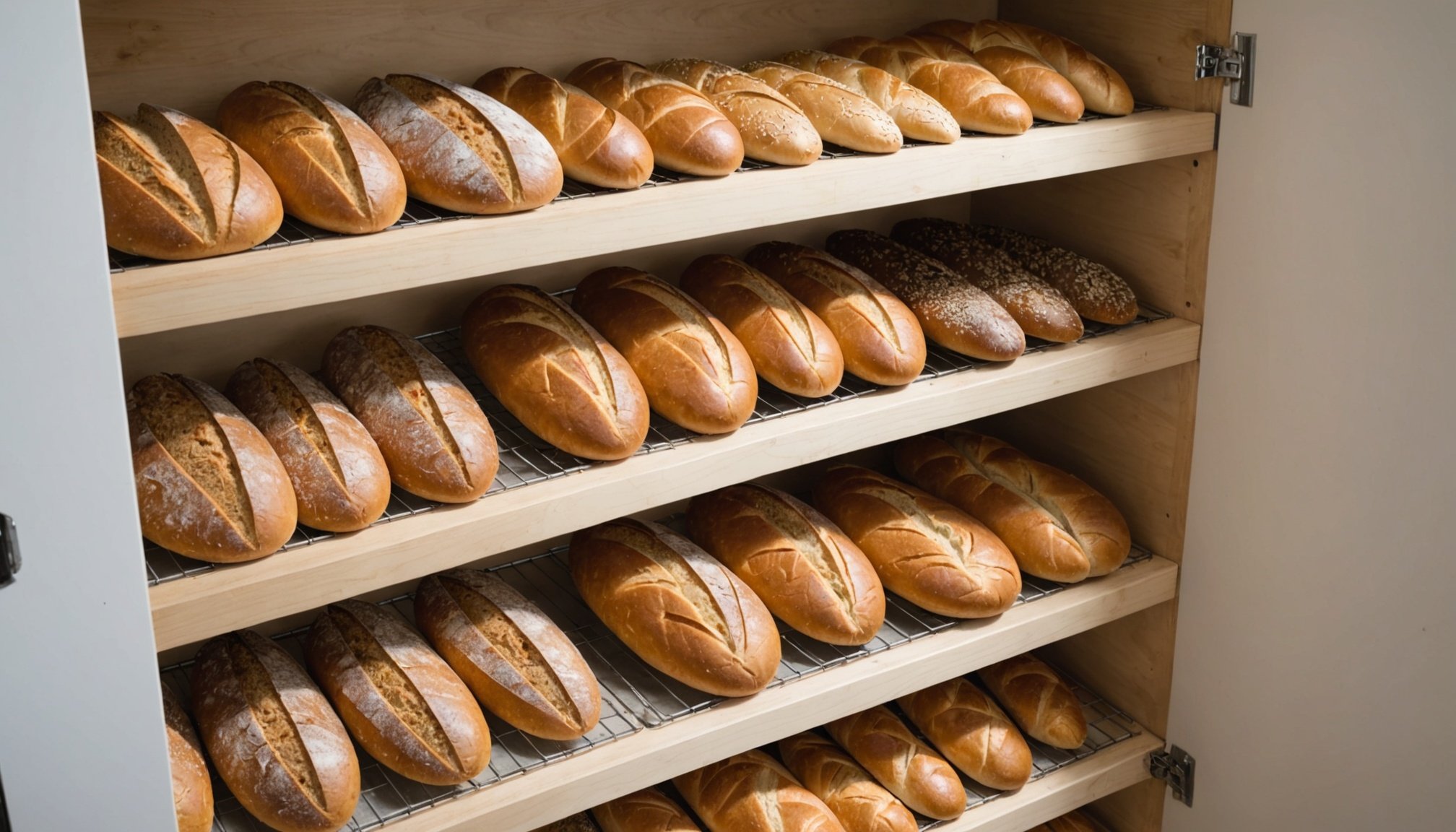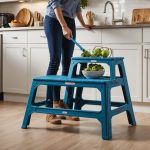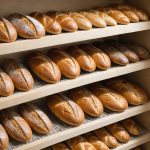Practical Bread Storage Solutions
Navigating bread storage problems, especially in compact kitchens, demands creativity and efficiency. The first challenge lies in maintaining bread freshness while saving space. Finding budget-friendly and efficient ways to store bread is essential.
Choosing the right storage method directly impacts bread freshness. Investing in the right containers ensures moisture is managed well, extending bread’s life. Poor storage leads to stale or moldy bread, increasing waste and frustration. It’s all about keeping moisture at its optimum level.
Also to discover : Unlock mindful eating: how a portion control mat on your table can curb overeating
For practical and compact solutions, consider a system that suits your kitchen layout. Bread boxes, specifically designed for this purpose, maintain optimal conditions for bread storage. When selecting a bread box, ensure it’s the right size for your kitchen and accommodates different loaf sizes. These boxes allow some airflow, essential for preventing trapped moisture that causes spoilage.
Budget-friendly options include airtight containers or reusable cloth bags for those who prefer sustainability. Containers should seal well to preserve freshness, while cloth bags may require additional care to avoid drying out the bread. Look for versatile solutions that can double as storage containers for other kitchen items.
Also read : Transform Your Meal Planning: Unveil the Benefits of a Kitchen Chalkboard Wall for Superior Dietary Tracking
Moisture and Air Management
Managing bread freshness involves a delicate balance of moisture control and airflow, crucial for preventing staleness or mold. Understanding how moisture impacts different types of bread is essential. For instance, crusty loaves need less moisture, while soft varieties require a bit more to maintain their texture.
Effects of Moisture on Bread
Moisture plays a pivotal role in determining bread’s longevity. Excess moisture promotes mold, while dryness leads to staleness. A perfect balance keeps bread flavorful and fresh longer. Soft bread can benefit from slightly humid environments, whereas crusty bread maintains its texture in drier conditions.
Importance of Airflow
Airflow is critical in regulating moisture levels. Proper circulation prevents moisture from being trapped, reducing mold risk. Bread boxes with small ventilation holes are ideal as they allow enough air to circulate without drying the bread.
Best Practices for Maintaining Freshness
- Sealing: Use containers that seal well but allow minimal air exchange. Cloth bags are suitable if periodically opened to let the bread breathe.
- Positioning: Store bread away from direct sunlight or heat sources to avoid rapid moisture loss.
- Organizing: Ensure sufficient space around bread to promote even airflow, greatly extending its shelf life.
By mastering these techniques, maintaining ideal bread freshness becomes a manageable task.
Space-Saving Storage Ideas
In small kitchens, maximising every inch is crucial for efficient bread storage. Space-saving bread storage solutions offer innovative ways to keep your loaves fresh without cluttering your countertops. Start by considering compact solutions like vertical storage options. These utilise the often-ignored vertical space, keeping your bread accessible yet organised. For instance, wall-mounted racks or slim shelves can store multiple loaves without taking up much horizontal space.
Explore multi-functional kitchen items that double as bread storage. Collapsible baskets or stackable containers not only save space but also serve dual purposes, keeping your kitchen tidy. Look for products that offer both form and function, such as bread boxes with built-in chopping boards.
Innovative storage solutions like speciality bags designed for bread can be ideal. These bags often feature breathable material that maintains freshness while occupying minimal space. They can easily hang on hooks or fit into narrow drawers, providing a practical solution for bread enthusiasts.
Implement these space-saving hacks to transform your small kitchen into an efficient workspace where bread stays fresh and clutter is kept at bay.
Comparisons of Storage Methods
When deciding the best bread storage methods, understanding the pros and cons of various materials is crucial for maximum bread preservation.
Plastic vs. Paper vs. Cloth
Plastic containers offer airtight storage, preserving moisture but risking condensation. Paper bags allow some air circulation, preventing mold but may dry out the bread if not monitored. Cloth bags provide a balanced approach, offering breathability with some moisture retention, making them ideal for short-term storage.
Bread Boxes vs. Containers
Bread boxes allow airflow necessary for keeping bread fresh longer, reducing the risk of mold. In contrast, airtight containers preserve moisture, a benefit for softer breads. Depending on bread type, choose accordingly: crusty bread thrives in boxes, whereas softer loafs benefit from containers.
Freezing Bread as an Option
Freezing is a great option for extending bread’s shelf life. To ensure effectiveness, slice bread before freezing and wrap securely in airtight bags or plastic wrap to avoid freezer burn. This method helps maintain texture and flavour even after thawing, making it a versatile bread storage solution.
Recommended Products for Small Kitchens
Finding the best bread storage products for small kitchens can transform your space efficiency without compromising on quality. Opt for compact, highly-rated containers designed to save space while keeping bread fresh. Popular choices include stackable airtight containers and sleek bread boxes that fit snugly into tight areas. These storage solutions maintain bread freshness by managing moisture and airflow effectively.
For those seeking budget-friendly options, there are eco-conscious choices available, crafted from sustainable materials. Reusable cloth bags offer breathability suitable for short-term storage, while glass containers provide durability with a hint of modern style. Investing in these products not only caters to immediate storage needs but supports long-term environmental goals.
Eco-friendly storage choices provide dual benefits of effective storage and reduced environmental impact. Products like bamboo bread boxes or stainless steel containers offer sturdy solutions for daily bread storage, supporting sustainability without sacrificing functionality.
When choosing these kitchen storage solutions, consider their versatility and multi-purpose use. A bread bin with a flip top can double as a serving tray, while stackable models maximise space for other pantry items.










